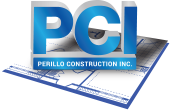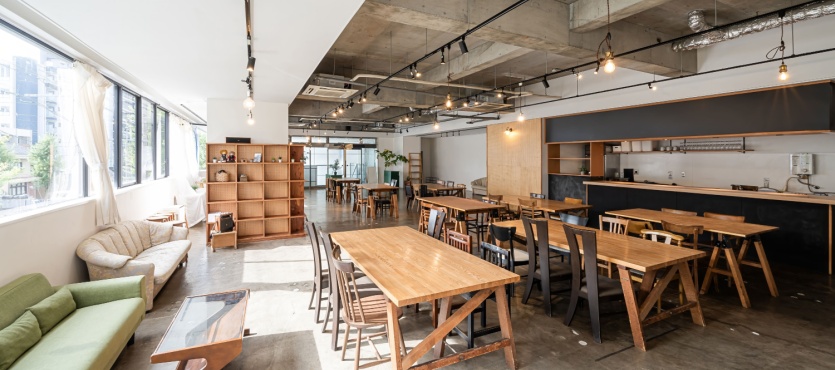As businesses grow, rebrand, or adjust to evolving market demands, their physical space often needs to adapt as well. Whether it’s to modernize an outdated layout, improve customer flow, or align with new branding, updating a commercial space is a critical part of maintaining relevance and functionality. While building from the ground up may appear attractive, commercial renovation is often a more strategic, cost-effective, and efficient solution. Especially in fast-moving markets where minimizing downtime is essential, renovating an existing space offers businesses a way to refresh their environment without starting from scratch.
Why Renovation Makes Sense
Renovating an existing commercial space can offer a host of advantages over new construction. For one, it typically requires less time and financial investment. Since the core structure, utilities, and location are already in place, much of the effort can go toward tailoring the space to meet current business needs. That could mean modernizing outdated finishes, reconfiguring layouts for better workflow, or upgrading essential systems like lighting and HVAC.
Staying in a familiar location also provides continuity for both customers and employees. Businesses that rely on foot traffic or existing clientele benefit from maintaining their visibility and avoiding the challenges of relocation. Renovation allows for change without disrupting what’s already working.
Faster Timelines, Lower Costs
One of the most compelling reasons to renovate is speed. Compared to new construction—which can be delayed by zoning issues, site preparation, and permitting—renovation projects are typically quicker to launch and complete. This means less disruption to your business and a faster return on investment.
Renovations also allow for better control over budget. Because the structural framework is already in place, costs can be allocated more efficiently to improvements that directly enhance appearance, function, or customer experience. In many cases, businesses can remain operational during parts of the renovation process, minimizing revenue loss.
Adapting Your Space to Fit Evolving Needs
Commercial renovations are about more than just appearance—they’re an opportunity to rethink how your space functions. Outdated floor plans, inefficient layouts, and limited accessibility can all hinder productivity and customer engagement. Renovation allows businesses to tailor their environment to suit modern demands.
An office space, for example, can be transformed from a traditional cubicle layout into an open, collaborative setting that supports hybrid work models. A retail space might be reorganized to improve product visibility, enhance customer navigation, or create dedicated zones for high-demand items. Restaurants may use renovation to expand kitchen capacity, improve seating flow, or update finishes to reflect a more current brand image.
Functional upgrades can also include the installation of modern systems—like energy-efficient lighting, climate control, and smart technologies—that not only improve the comfort and usability of a space but also reduce operating costs over time.
Industry-Specific Renovation Strategies
Different industries require different design solutions. Renovation offers the flexibility to adapt a space to suit the unique needs of a specific business type.
In retail, layout and customer flow are critical. Renovations might focus on reorganizing shelving and display areas, improving lighting, or adding checkout counters to streamline the shopping experience.
Office environments benefit from design changes that prioritize employee productivity and well-being. That might mean creating collaborative work zones, updating meeting rooms, or adding natural lighting and ergonomic furnishings.
Medical and wellness facilities often require renovations to accommodate specialized equipment, improve patient privacy, or comply with health regulations. In hospitality, aesthetic upgrades and layout improvements can significantly enhance the guest experience and boost brand perception.
Brand Identity Through Built Environment
Your physical space is a reflection of your brand. A well-designed commercial environment reinforces your company’s identity, creates a memorable experience for visitors, and builds trust with clients and customers. Renovations allow businesses to bring their brand to life through design elements like materials, colors, signage, and layout.
Whether you’re aiming for sleek and modern, warm and welcoming, or creative and unconventional, your space should communicate who you are and what you stand for. A successful renovation not only improves aesthetics but also enhances brand recognition and customer loyalty.
Planning for Long-Term Success
Renovation is not just about solving today’s problems—it’s also about preparing for tomorrow. Businesses should consider flexibility and scalability in their renovations to allow for future growth. That could mean designing multipurpose areas, investing in durable materials, or building infrastructure that supports evolving technologies.
With thoughtful planning, a renovation can position your business to adapt quickly to change, respond to market trends, and stay competitive for years to come.
A Smart Investment in Your Future
Renovating a commercial space is more than a cosmetic upgrade—it’s a strategic investment in the future of your business. From improving functionality and customer experience to reinforcing brand identity and reducing long-term costs, the benefits of renovation are both immediate and lasting.
If you’re ready to transform your space with purpose and precision, partnering with a contractor that specializes in commercial renovations can make all the difference. Perillo Construction brings years of experience and a deep understanding of what it takes to execute high-quality, on-time, and on-brand renovations across a wide range of industries. Reach out today to begin reimagining what your space can do for your business.

